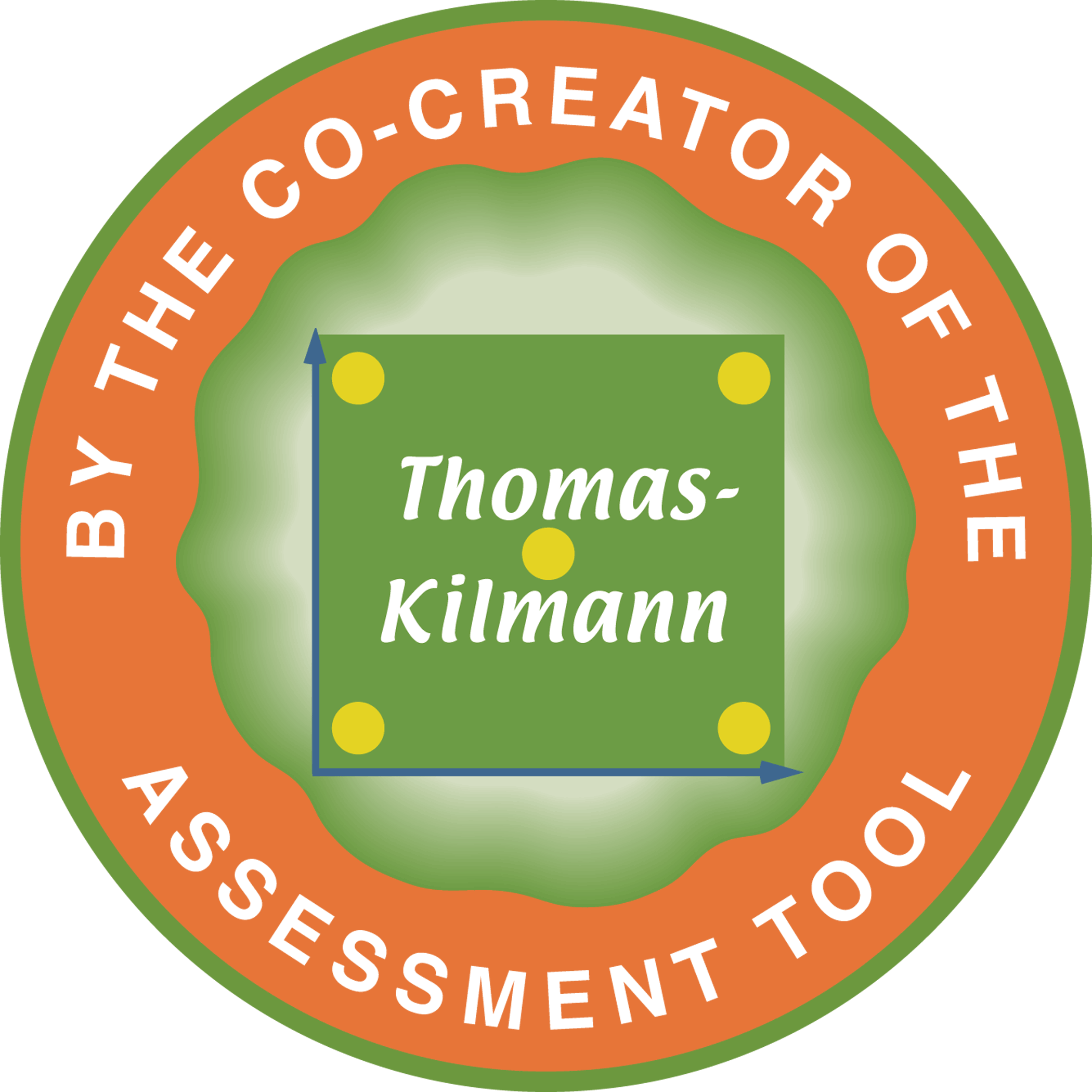05 Jan How to Use a Conflict Mode Most Effectively
Ralph H. Kilmann, co-author of the Thomas-Kilmann Instrument (TKI)
Even if you choose to avoid for the right reasons, does it make a difference what you actually say to people just before you withdraw from the situation?
One person might avoid a conflict by expressing himself this way: “I’ve had enough of this nonsense! I’m not going to waste any more of my time. I’m out of here.” Another person may take this approach: “I’ve just realized that I need more time to think about this topic and to discuss these issues with my colleagues. It’s starting to overwhelm me. Let’s set up another meeting for next week. By then, I’ll be ready to address the matter.”

In the first instance of avoiding, the person would probably come across as insensitive, condescending, and even demeaning. Because of the manner in which he left the situation, the other people involved might feel rejected or abandoned.
In the second instance, the person shows regard for the other people in the conflict situation. Although he is still withdrawing, it’s more likely that everyone concerned will have an easier time understanding and accepting his avoiding behavior because the reasons for it have been explained to them.
Essentially, (1) what conflict mode you choose and (2) how you then use it are two very different things! Let’s consider the same principle applied to collaborating:
One person may choose to express her desire for collaboration this way: “We have to discuss these issues! You have no choice! I’m tired of superficial solutions that aren’t based on our joint needs. If you don’t sit down and share your deepest concerns with me, I’ll no longer support your priorities in the workplace.”
Another person may express herself like this: “I really need your help. I’ve been very frustrated with our previous decisions, which haven’t seemed to address our most important needs. I’d like to share with you what matters most to me. And then, if you are willing, I’d really like to hear your most important concerns. Maybe we can figure out how to change the situation for both our sakes. Let’s give it a try.”
Based on basic definitions from the TKI, both individuals are in the collaborating mode. In the first instance, the collaboration will likely come across as bullying, followed by an ultimatum. Perhaps this is not the best way to elicit an open and candid dialogue about important and complex issues. In the second instance, collaboration is used in an inviting and reciprocating manner—one that is more likely to engender mutual respect and a genuine exchange of ideas. In the end, the second approach will surely lead to a more creative solution, while the first approach will probably put the other person on the defensive and shut down a conversation that is sorely needed.
Bottom line: Choosing a mode wisely, but also using that mode in the most constructive manner possible, will go far in producing well-being and effective resolutions of conflict, rather than bad feelings and a potential worsening of the situation.
Kilmann Diagnostics offers a series of eleven recorded online courses and nine assessment tools on the four timeless topics: conflict management, change management, consciousness, and transformation. By taking these courses and passing the Final Exams, you can earn your Certification in Conflict and Change Management with the Thomas-Kilmann Instrument (TKI). For the most up-to-date and comprehensive discussion of Dr. Kilmann’s theories and methods, see his 2021 Legacy Book: Creating a Quantum Organization: The Whys & Hows of Implementing Eight Tracks for Long-term success.




